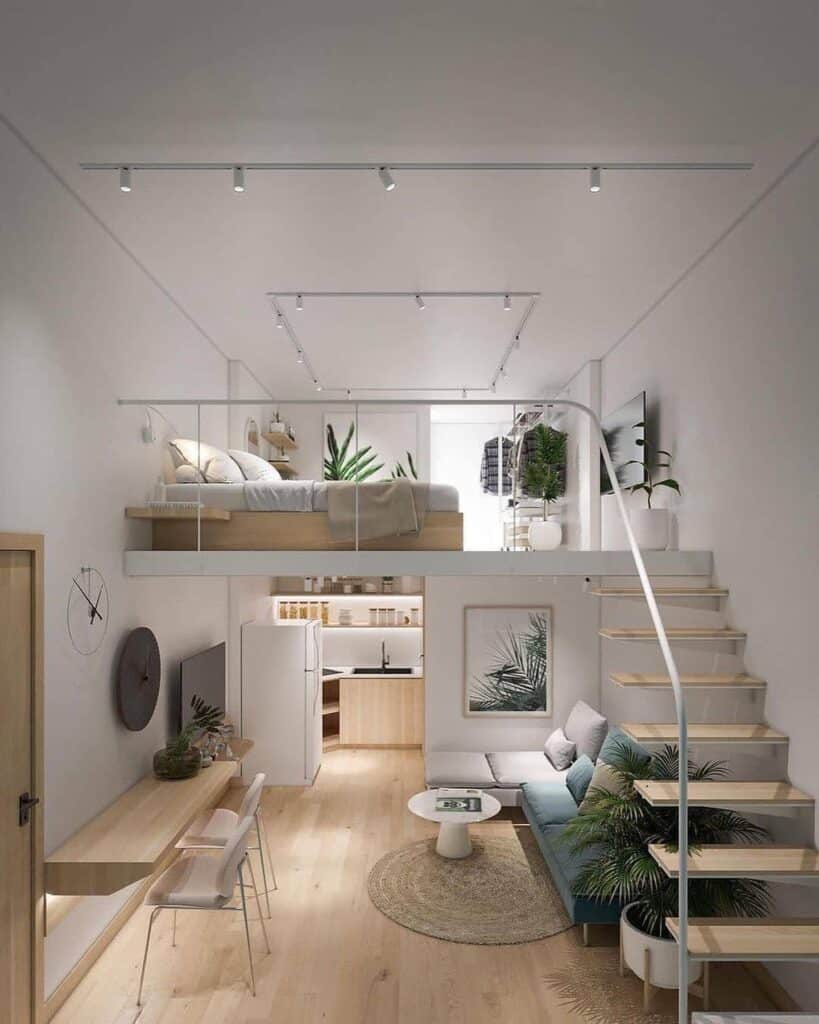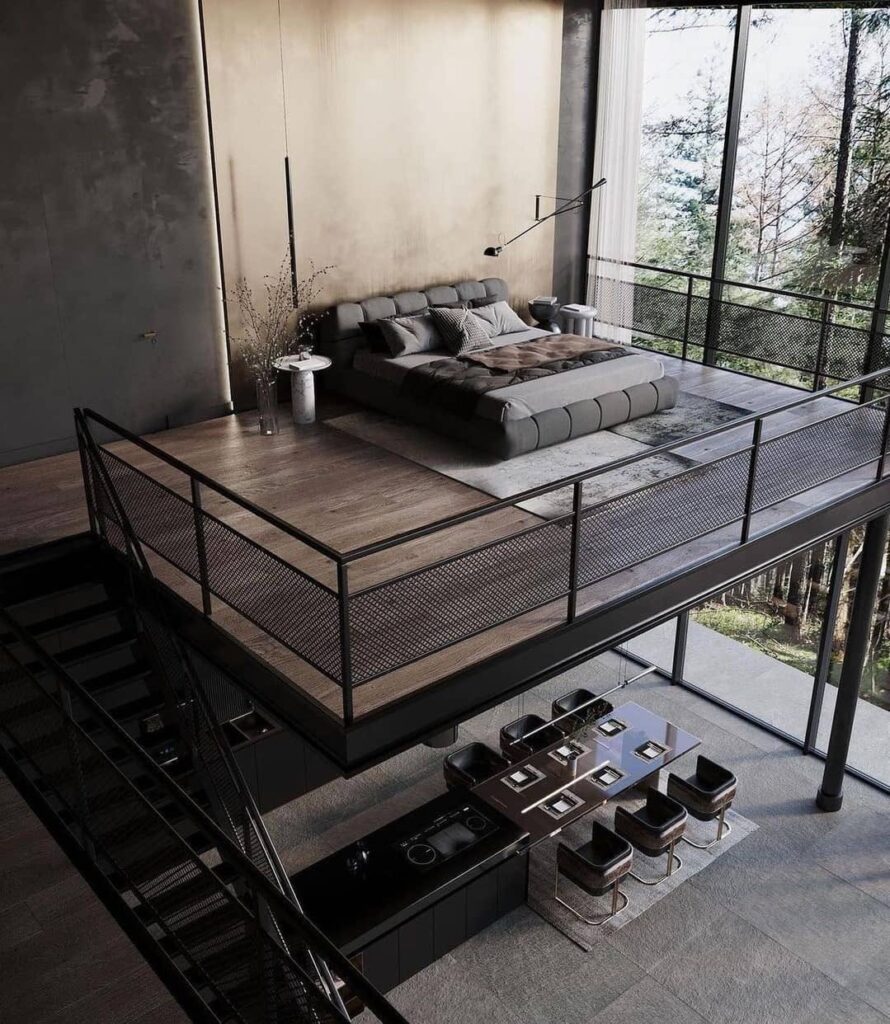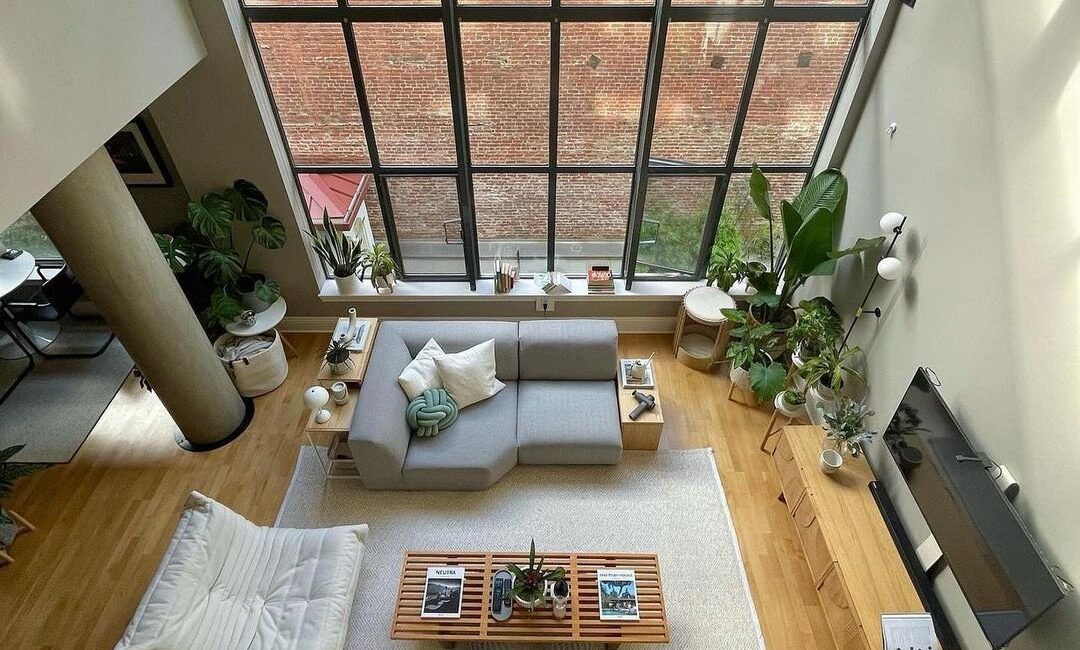
Living smaller doesn’t mean losing functionality. While a condominium is smaller than other types of dwelling unit, single or married couples often prefer it. The idea of maintaining a small space is one of the reasons why condominium living appeals to some. Small space, however, doesn’t mean uninviting and cluttered. In the world of interior design, especially with a minimalist approach, less is often more. Decorating to maximize space not only enhances the aesthetic appeal of a space but also increases functionality and the appreciation of spatial dynamics. Let’s delve into how this can be achieved, turning a compact condominium into a serene, spacious, and functional haven.
Maximizing Space with Minimalism
Minimalism in interior design is not just about reducing items or having a monochromatic color scheme; it’s about prioritizing value and functionality in every piece that occupies your space. This design philosophy encourages us to live with what we need, removing anything that clutters our living area both physically and visually. A goal should be to be decorating to maximize space. Here are practical steps and design principles to help maximize and appreciate your condominium space:
1. Embrace Multi-Functional Furniture
In a small condominium, each piece of furniture should serve multiple purposes. A sofa bed can serve as a seating area during the day and transform into a guest bed at night. Tables with storage compartments help reduce clutter by offering a place to store items out of sight. Wall-mounted desks and drop-leaf tables can be folded away when not in use, freeing up floor space. Versatile space-saving furniture is not just functional, it can be fun!
2. Use Light Colors and Mirrors to Enhance Space
Light colors make a room feel more open and airy. Painting walls in soft tones of white, beige, or light gray can visually expand the space. Mirrors are another trick of the trade; placed strategically, they can reflect natural light and create the illusion of depth, making a small space seem larger. By your choosing to brighten with light and reflecting colors can lift your energy!

3. Declutter Relentlessly
Clutter is the enemy of a small space. Regularly decluttering ensures that only essential items are kept, and everything has its place. This process involves a critical evaluation of possessions, identifying what truly adds value to your life, and letting go of the rest. It’s not just about creating physical space but also about freeing up mental space, leading to a more tranquil living environment. The energy you get from when you brighten with light colors and mirros will help when you remember to have a mindset to declutter relentlessly.
4. Opt for Built-Ins and Vertical Storage
Built-in shelves and cabinets utilize vertical space effectively, keeping the floor clear and the room spacious. They offer a sleek look while providing ample storage. Floating shelves are an excellent choice for displaying books, plants, and decor without taking up precious floor space.
5. Let in Natural Light
Maximizing natural light can profoundly affect the feel of a space. Sheer curtains or blinds allow light to penetrate the room, making it feel brighter and larger. Positioning furniture to avoid obstructing windows also helps maximize light entry. When you optimize sunlight exposure it makes it easy to see the clutter needing to be removed.
The Psychological Impact of Minimalist Design
Beyond the practical benefits, minimalist design has significant psychological effects. A clutter-free and well-organized space can lead to a more peaceful and less stressful living environment. It encourages living in the moment and appreciating the beauty of simplicity. This approach aligns with the principles of mindfulness, where one’s focus is on the present and finding joy in the minimal.

Incorporating Personal Touches
While minimalism emphasizes simplicity, it doesn’t mean your space has to be devoid of personality. Art pieces, family photos, and items of personal significance can add warmth and character to your home. The key is moderation; choose pieces that truly speak to you and contribute to the overall aesthetic and feel of your space.
Conclusion
Adopting a minimalist approach in interior design, especi
ally in a condominium setting, is about making intentional choices. It’s about creating a space that reflects your values, meets your needs, and enhances your quality of life. By embracing minimalism, you’re not just designing a space; you’re crafting a lifestyle that prioritizes simplicity, functionality, and wellbeing. In doing so, you’ll find that living smaller doesn’t mean sacrificing comfort or style; it means redefining them in a way that brings greater satisfaction and appreciation for the space you call home.





